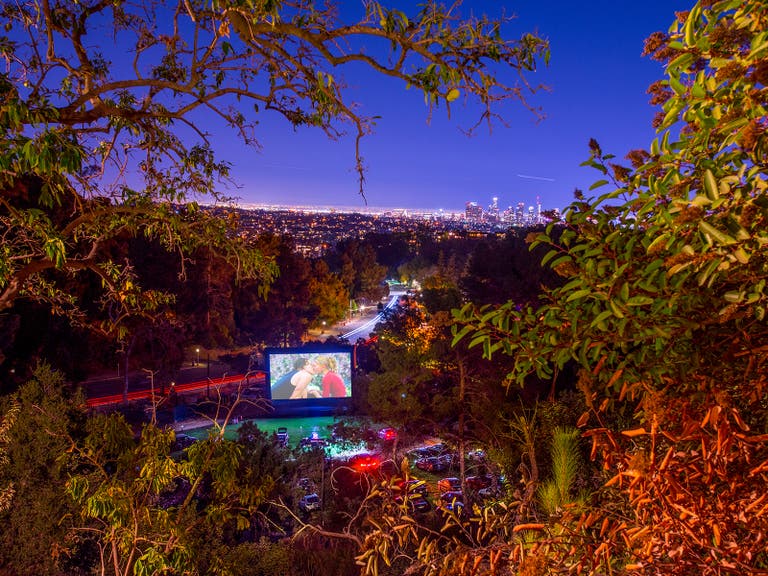L.A. Story Spotlight: Dieter Foerstner
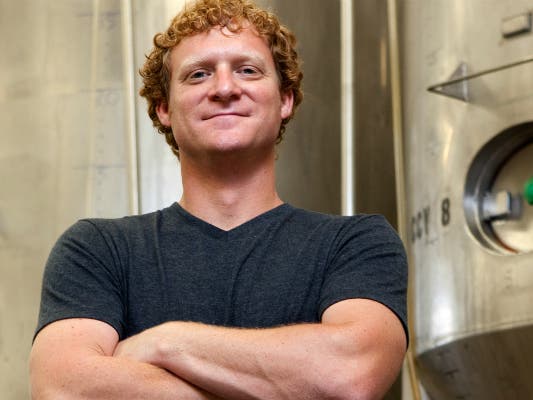
“Pardon the pun, but beer is in my blood, this is what we do,” says Dieter Foerstner, the Head Brewer at Angel City Brewing. The native of Tempe, Arizona is following in the footsteps of his great-grandfather, Michael “Pop” Putz, who was a brewer at several historic L.A. breweries. Foerstner began as a homebrewer before going to school to learn the craft. “After nine years of schooling [and] two degrees later, I decided it was finally time to get a real job,” says Foerstner with a laugh. He started brewing for Gordon Biersch, first in Las Vegas, and then in Tempe.
Foerstner’s grandmother initially didn’t approve of his chosen vocation, worrying he’d become an alcoholic and other negative stereotypes of the profession. But once he embarked on his career, she was “really proud” and started cutting out newspaper articles and “loved finding out about my success as a brewer.”
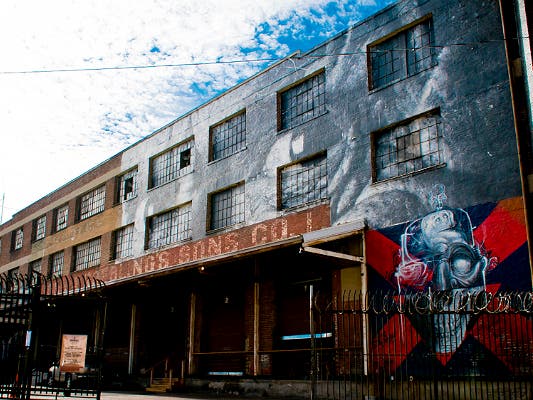
In 2012, Foerstner was offered an opportunity with Angel City Brewing to not only brew beer, but to build a brewery from scratch. Founded in 1997, Angel City quickly became a leader in the burgeoning Los Angeles craft beer scene. In 2010, Angel City relocated from its Alpine Village location in Torrance and moved into the historic John A. Roebling Building in Downtown L.A.’s Arts District. The brewery is open daily for tours and tastings, and regularly hosts art and music events.
Foerstner moved to L.A. and began brewing at Angel City in April 2012. For Foerstner, the move also meant coming full circle and returning to his family’s roots. In September 1934, Pop moved his family from South Dakota to Downtown L.A., where he started working as a shift brewer at the Balboa Brewing Company, located at 1810-1848 N. Main St., a short walk from their house on South 21st Avenue. The brewery was so popular, it ran 24 hours a day, seven days a week, making 108,000 barrels of beer a year.
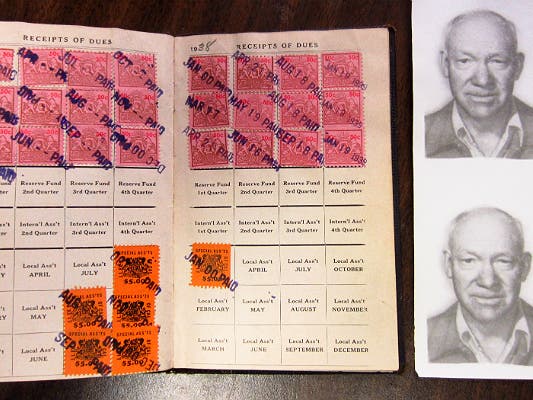
Less than a year later, Pop moved the family to a house off Brynhurst Avenue in Inglewood, and began brewing at the Acme Brewing Company in Vernon. Foerstner’s great-grandmother passed away in 1936. Pop raised five kids on his own on brewer’s wages - he earned $1.63 an hour at Acme. Foerstner’s grandmother gave him a treasured memento: the old union book that Pop - her dad - used when he was a brewer in L.A. The pages of the thin book are filled with stamps that show the dates when Pop paid his union dues.
Foerstner loves the stories his grandmother and other family members have told him about living in Los Angeles back in the day. Incredibly, Foerstner’s grandmother still owns the car his grandfather drove when they were dating, a 1933 Model A Ford he bought for fifteen dollars. Foerstner says that both sides of his mom’s family were farmers who came to Southern California to raise crops. Even as recently as the 1960s, his grandmother remembered taking dirt roads to get from Covina to Downtown L.A. “It’s interesting to hear about this, and see how the city’s changed … and grown into the metropolis that it is today. Even back then it was still a big city, but [with] all of the changes that have occurred, it’s really neat hearing these stories. I’ve got a wild, vivid imagination, so I’m picturing things. Part of it is taken from Hollywood, basically what a movie set would look like, but that’s my vision of L.A.”
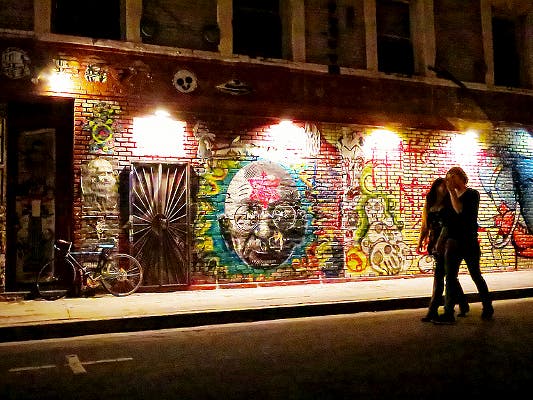
“It wasn’t until I actually moved here and started really exploring, I really got to discover what L.A. has to offer outside of what the tourists think L.A. has to offer,” says Foerstner. “It’s got so much culture, it’s rich in culture. From all the little pockets of neighborhoods, where you can have all the different types of ethnic food, and different congregations of people, to the Arts District, the Jewelry District, the Garment District. All the different areas of town, and they all have their own little vibe, and everything is really neat. It’s fun to just wander around the streets and explore and see what you can find.
“Specifically for me, what I love most is the Arts District,” says Foerstner. “That’s where I draw a great deal of my inspiration from. Just wandering around, checking out all the street art. First off, I just absolutely love the graffiti, when it’s done tastefully. Just putting up your name is - in my opinion - a bit boring, it’s a bit easy. But some of the art that people put up - it really, truly is art. It’s great for what it is."
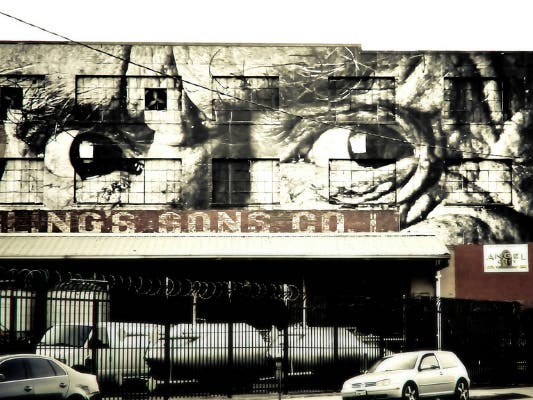
The first thing most brewery visitors notice are the huge eyes painted outside the building. The Wrinkles of the City is a global project by the famed artist JR, who depicts “wrinkles” - human as well as architectural - in various cities around the world. Following Cartagena (2008) and Shanghai (2010), JR brought his project to Los Angeles in 2011. “[The Wrinkles of the City] just adds a whole different character to our building,” says Foerstner. He explains that the John A. Roebling building was the West Coast location of John A. Roebling's Sons Co., which supplied wire rope for world-famous suspension bridges like the Brooklyn Bridge and the Golden Gate Bridge, as well as the original Slinky. The huge spiral slide in the middle of the brewery's Public House was used to send supplies and materials from the upper floors down to the rollup doors, which used to line up with railroad tracks.
Regarding his beer making process, Foerstner says, “Walking around here, just seeing some of the beauty around … it just wants me to create something that I feel will fit in with our neighborhood. Whether it’s art inspired, or culture inspired, it’s really cool being right around the corner from Little Tokyo as well. That’s where we spend many of our lunches. Such amazing food. It’s the combination of the flavors and everything, both the visual flavors and the actual taste and flavors from the restaurants. It really just gets me going and gets my mind wandering and trying to figure out what we can create.”
“Most of the time an idea or a name pops into my head and from that name I just get really excited. How can I take this name, this concept, and make it real? So I kind of reverse engineer my recipe from that. What speaks to this - I’ll add a pinch of this, a dash of that. Trying to figure out the flavors that personify that name.”
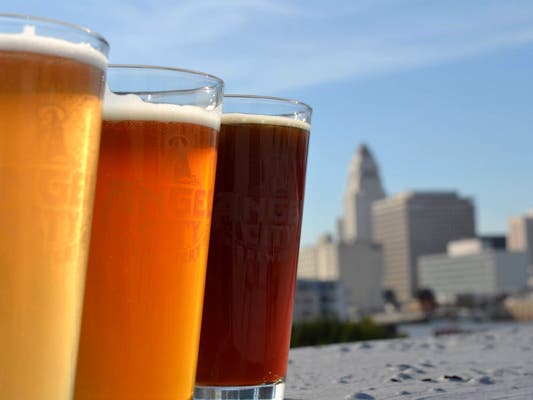
Angel City’s biggest seller is the Angeleno IPA, a West Coast style IPA. The Gold Line Pilsner also does really well, named for the Metro Rail Gold Line, which ends right at the edge of the brewery. The refreshing, easy-drinking Eureka Wit is another popular beer.
Foerstner likes to get creative with beers like The French Sip, a nod to the rivalry between Philippe the Original and Cole’s - both claim to be the birthplace of the French Dip sandwich. Foerstner created an au jus themed beer as an homage, emphasizing that he wasn’t taking either side in the battle.
“Very early on here, I decided I wanted to make an avocado beer,” says Foerstner, recalling favorite childhood memories of visiting his grandparents and eating avocados from their avocado ranch. “[The avocado beer] got a lot of attention, got a lot of press about it. Most importantly, a lot of people really liked it, enjoyed it and embraced it. In my mind, who doesn’t like avocado? If you don’t like avocado, there’s probably something wrong with you,” Dieter says with a laugh. “Thankfully, Southern Californians and Angelenos felt the same way. They really embraced it, were super excited about it gave us a lot of love and support, so it was really neat.”
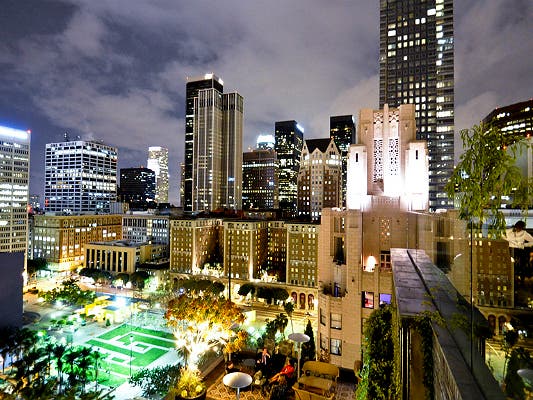
While he maintains his neutrality in the French Dip wars, Dieter says, “I do eat at Cole’s quite a bit. I also like to go up to Perch. I just like to go there - their food’s great, the drink selection is really neat. But also, just to be able to look out over the city and to see the city skyline. It’s just absolutely amazing.”
Foerstner says one of his favorite lunch spots is Hana-Ichimonme, located on the third floor of the Little Tokyo Galleria. “It’s funny, whenever LA Weekly does their write-ups of best spots or whatever, I’m always a bit disappointed that Hana-Ichimonme doesn’t get more love or more praise. They have a couple of really fantastic ramen dishes - their coconut champon and their spicy miso are absolutely top-notch. They’re reasonably priced, and it’s just absolutely fantastic. The whole thing, from the Japanese market on the first floor - they’ve got some other small restaurants - from first to third floor, it’s all just great food. I think some people might be a bit put off since it’s in a mall, they might think oh, it’s just going to be garbage. Oh my God, everything up there is just fantastic.
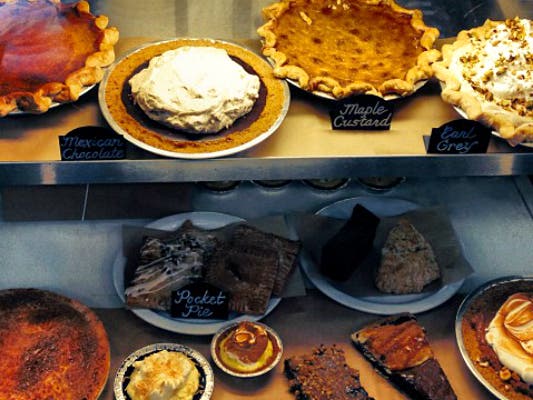
"There’s a couple of really cool sandwich spots right down 1st Street. Mike’s Deli is one that we go to quite regularly. Novel Cafe and The Pie Hole, both mainstays. Three or cups of coffee a day over at Novel ... go to Pie Hole [and] grab a pie, it’s neat to have all of these really great eating experiences just a stone’s throw away."
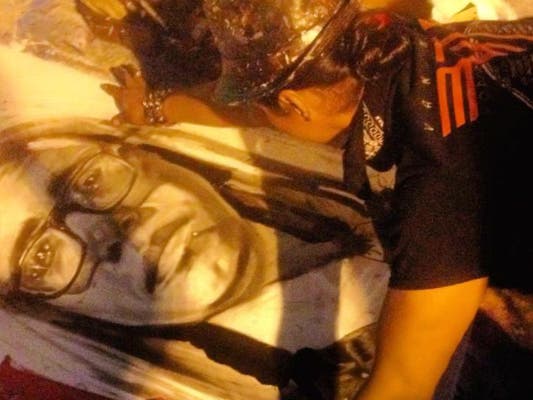
With so much time devoted to the brewery, Foerstner’s free time is at a premium. He’s been to the Downtown Art Walk a few times. “A lot more people are out wandering around enjoying the galleries, there’s so many cool things to see and experience.”
